
Mark Altaweel
Related Authors
Daniel D. Hutto
University of Wollongong
Galen Strawson
The University of Texas at Austin
Shaun Gallagher
University of Memphis
Enrico Cirelli
Università di Bologna
Kristian Kristiansen
University of Gothenburg
Yannis Hamilakis
Brown University
Gary Feinman
Field Museum
Andrea Squitieri
Ludwig-Maximilians-Universität München
Alexander Fantalkin
Tel Aviv University
Eszter Banffy
Hungarian Academy of Sciences
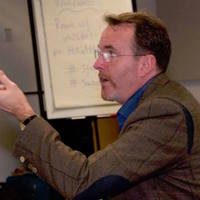
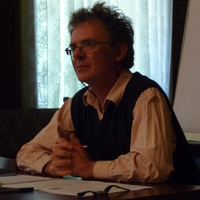
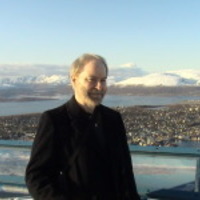


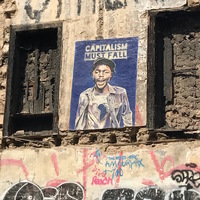

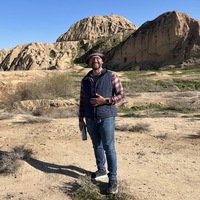


Uploads
Papers by Mark Altaweel
Saturday, November 21st: 13.00, SOAS, Main Building, L 67, London
Since the Iraqi excavations in the early 2000s at Tell Al-Wilayah, on the very East of the southern Iraqi alluvium (See the attached map), the site has been extensively looted. These excavations have recently been published in part. This large site is found in an anomalous position with regard to site distribution in southern Iraq, reasonably exposed by comparison to the main centres of settlement, from which it is separated by some distance and a poorly understood ancient landscape. The distribution of ancient watercourses in the area leading to it is still particularly unclear. An interesting collection of Sargonic Akkadian texts from the official Iraqi excavations is currently being prepared for publication by Abather Saadoon from the University of Baghdad, who is on a research visit to SOAS at the moment. We are taking this as an opportunity to hold an informal workshop on Tell Al-Wilayah, where issues of landscape, identification, history and economy can be discussed with a specific focus on this site.
There will be a number of informal presentations with plenty of time for discussion afterwards. The times outlined below are for orientation purposes only.
13.00: Introduction: Mark Weeden
13.30: The Excavations at Tell Al-Wilayah: Mark Altaweel
14.30: ‘Sumer’s eastern gateway? The significance of Kesh (Wilayah?) In the early-mid third millennium BC’: Roger Matthews
16.00: The watercourses around Tell Al-Wilayah: Jaafar Jotheri
17.00: Texts from Tell Al-Wilayah: Abather Saadoon
18.00: Second millennium evidence relating to the geography of eastern Iraq: Andrew George
Understanding patterns of conflict and pathways in which political history became established is critical to understanding how large states and empires ultimately develop and come to rule given regions and influence subsequent events. We employ a spatiotemporal Cox regression model to investigate possible causes as to why regions were attacked by the Neo-Assyrian (912-608 BCE) state. The model helps to explain how strategic benefits and costs lead to likely pathways of conflict and imperialism based on elite strategic decision-making. We apply this model to the early 9th century BCE, a time when historical texts allow us to trace yearly campaigns in specific regions, to understand how the Neo-Assyrian state began to re-emerge as a major political player, eventually going on to dominate much of the Near East and starting a process of imperialism that shaped the wider region for many centuries even after the fall of this state. The model demonstrates why specific locations become regions of conflict in given campaigns, emphasizing a degree of consistency with which choices were made by invading forces with respect to a number of factors. We find that elevation and population density deter Assyrian invasions. Moreover, costs were found to be more of a clear motivator for Assyrian invasions, with distance constraints being a significant driver in determining where to campaign. These outputs suggest that Assyria was mainly interested in attacking its weakest, based on population and/or organization, and nearest rivals as it began to expand. Results not only help to address the emergence of this empire, but enable a generalized understanding of how benefits and costs to conflict can lead to imperialism and pathways to political outcomes that can have major social relevance.
The authors argue that the persistence of large states and empires starting in the eighth/seventh centuries BCE, which continued for many centuries, led to new socio-political structures and institutions emerging in the Near East. The primary processes that enabled this emergence were large-scale and long-distance movements, or population migrations. These patterns of social developments are analysed under different aspects: settlement patterns, urban structure, material culture, trade, governance, language spread and religion, all pointing at movement as the main catalyst for social change. This book’s argument is framed within a larger theoretical framework termed as ‘universalism’, a theory that explains many of the social transformations that happened to societies in the Near East, starting from the Neo-Assyrian period and continuing for centuries.